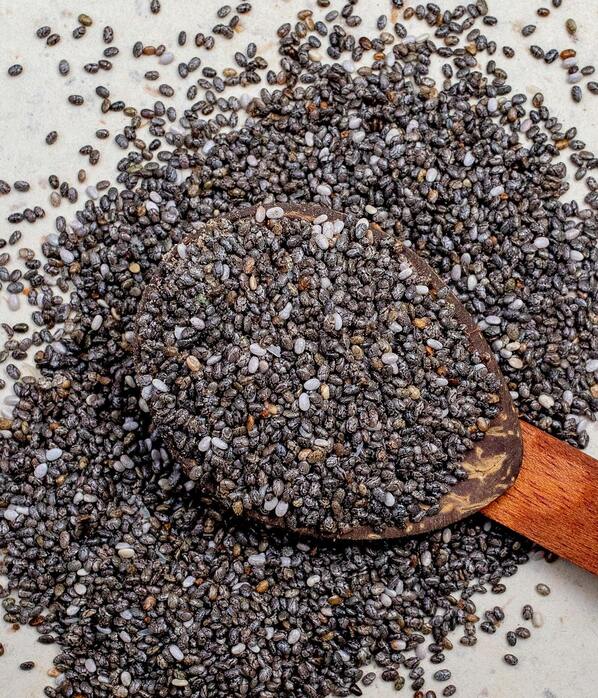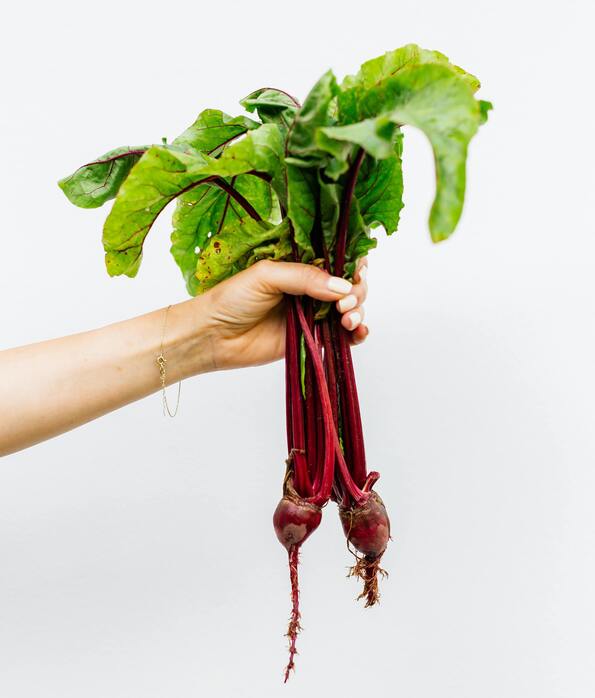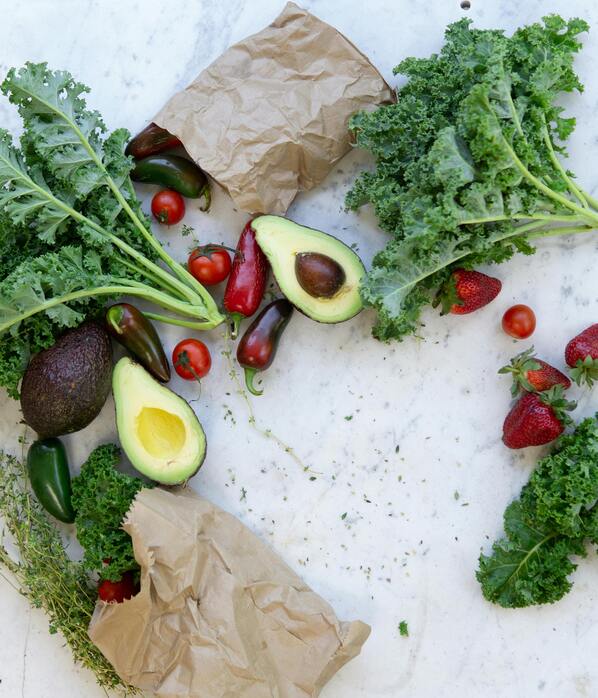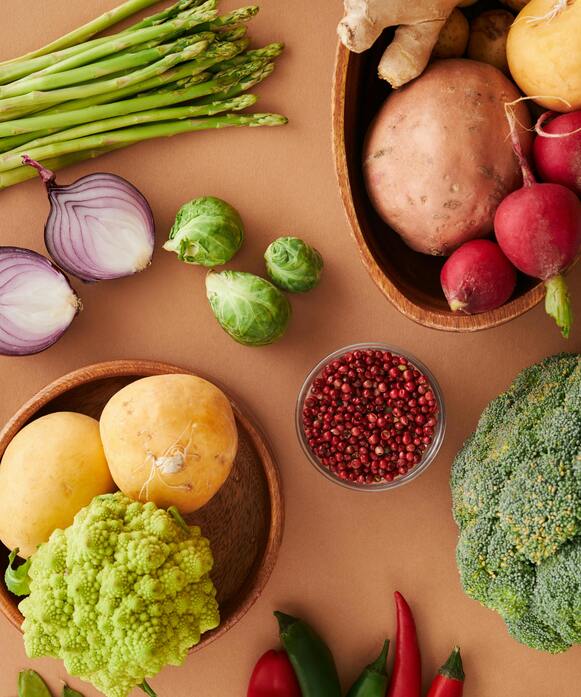An Introduction to Digestive Enzymes
Date:
08 Aug 2022

What are Digestive Enzymes?
Digestive enzymes are substances that help to digest your food. The salivary glands release them, the cells lining the stomach, the pancreas and the small intestines.1 They can also be obtained by eating foods that contain them or taking a supplement.
These clever little things do this by taking the large and complex molecules in protein, carbs and fats and splitting them into smaller pieces. This allows the foods to be easily absorbed into the bloodstream and transported around the body.1
When are Digestive Enzymes released?
Digestive enzymes are secreted or released at three key points; when we anticipate eating, smell and taste food and as the food moves through the digestive tract.1
The enzymes are released before we consume food and while eating to prepare the body to digest food as it travels through the digestive tract.2
It is helpful for the body to be prepared for digestion to help it move along smoothly and prevent a backlog that leads to digestive issues such as bloating, indigestion and constipation.
What are the Different Types of Enzymes the Pancreas creates?
The pancreas creates some key digestive enzymes our body needs to function well. The pancreas produces 8oz of pancreatic juices daily containing digestive enzymes.3
There are 3 types of enzymes that the pancreas creates within the pancreatic juices:3
- Lipase is an enzyme that works with the bile that your liver produces to break down the fat you consume in your diet. If you lack lipase, your body won’t be able to properly absorb fat and critical fat-soluble vitamins such as A, D, E and K. This can lead to diarrhoea and uncomfortable fatty bowel movements.
- Protease is an enzyme that breaks down proteins in your diet. Undigested proteins can lead to allergic reactions for some, so it’s essential to have protease to break these down and make them absorbable. Its other role is to protect you from germs that may live within your intestines, like some strains of bad bacteria and yeast.
- Amylase is an enzyme that helps break down starch into sugar, which your body uses for energy. If you lack amylase, you can suffer from diarrhoea caused by undigested carbohydrates.
What are the Different Types of Enzymes the Salivary gland creates?
It may seem obvious, but it is worth pointing out that the salivary gland produces saliva. Within the saliva, some enzymes are essential for digestion.4
- Salivary amylase is also known as ptyalin and can break down starch into sugars that our body can use for energy. A bonus factor of salivary amylase is that it’s good for our digestive health; it helps to prevent starches from accumulating on our teeth. This enzyme functions best in a non-acidic environment, so it does most of its work in the mouth.
- Salivary kallikrein is an enzyme that helps produce a vasodilator to dilate blood vessels. This helps to control blood pressure by keeping it lowered.
- Lingual Lipase is another enzyme created by the salivary gland. This helps to break down triglycerides into fatty acids and glycerides. This starts the process of digesting fats, and as it can operate at lower pH levels, the process can continue into the stomach, which is more acidic.
What are the Different Types of Enzymes the Stomach Lining Cells create?
The stomach cells create an enzyme called pepsin that digests proteins found in ingested food. We have gastric chief cells, which secrete pepsin in the form of pepsinogen, an inactive zymogen.5 Pepsinogen is then activated by the stomach into the form of pepsin which can break down the proteins.
What are the Different Types of Enzymes the Small Intestine creates?
Within the small intestine is the mucosal epithelium, and the cells of this produce enzymes that help to complete digestion, including lactase, maltase and sucrase. Amylase, protease and lipase are all made in the small intestine, so it plays a vital role in breaking down and digesting our food.6
What Foods Contain Digestive Enzymes?
Luckily, loads of really accessible foods contain digestive enzymes. I bet a few of these are already in your regular diet. Pineapple, papaya, kiwi and ginger all contain different forms of proteases - an enzyme that helps digest proteins.7
Mango, bananas and raw honey contain amylases which help to break down carbohydrates from starch, converting them into simple sugars. Avocados and fermented foods such as kefir, sauerkraut, kimchi and miso all contain lipases that help the body to break down and digest fat.7
The Take-Home
Enzymes are super important for our digestive system to function, showing how connected each section of the digestive tract is. From the mouth to the stomach and out the other end, enzymes work to ensure our food is used correctly.
If enzymes are compromised, the digestion process becomes a whole lot harder. Conditions like pancreatitis, cystic fibrosis or pancreatic cancer can reduce the number of enzymes your body produces.6
Luckily, including foods high in enzymes or a daily supplement can help you get all the enzymes you need for your body to function well. If you think you are suffering from an enzyme deficiency, speak to your healthcare provider about steps you can take to help your body.
References
2: https://www.sciencedaily.com/releases/2019/02/190220103449.htm#:~:text=The%20smell%20of%20food%20induces,for%20the%20upcoming%20digestive%20process.
3: https://www.hopkinsmedicine.org/health/conditions-and-diseases/the-digestive-process-what-is-the-role-of-your-pancreas-in-digestion#:~:text=It%20is%20located%20inside%20your,digestive%20system%20by%20making%20hormones
4: https://www.thoughtco.com/salivary-amylase-other-enzymes-in-saliva-4586549
5: https://www.ncbi.nlm.nih.gov/books/NBK537005/#:~:text=Pepsin%20Pearls,the%20pH%20of%20the%20stomach
6: https://www.healthline.com/health/why-are-enzymes-important#takeaway
7: https://www.verywellhealth.com/what-are-digestive-enzymes-1945036
















